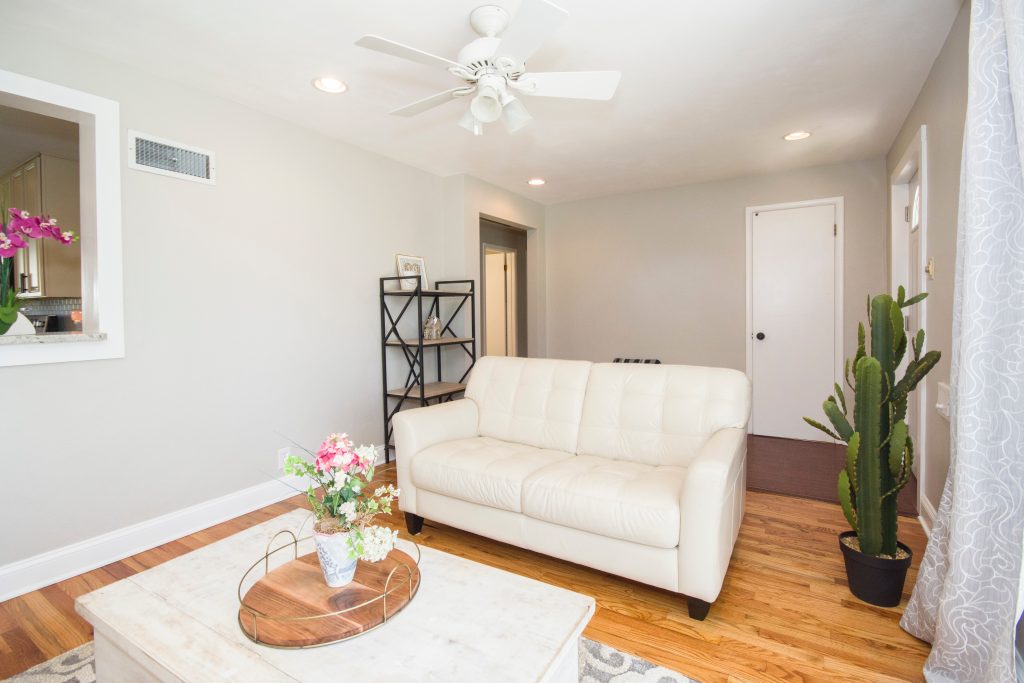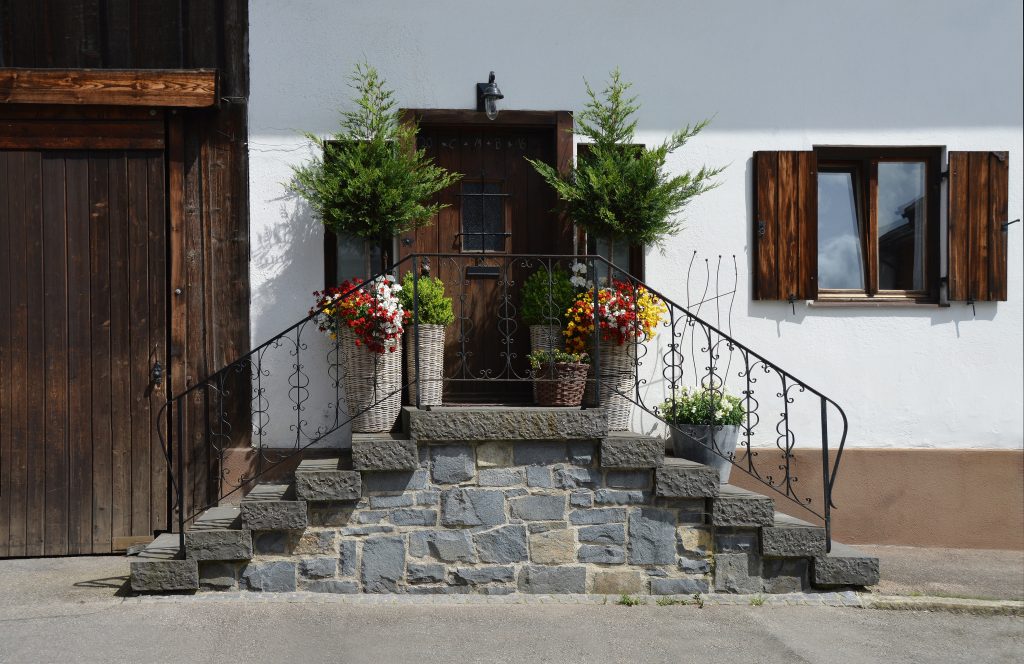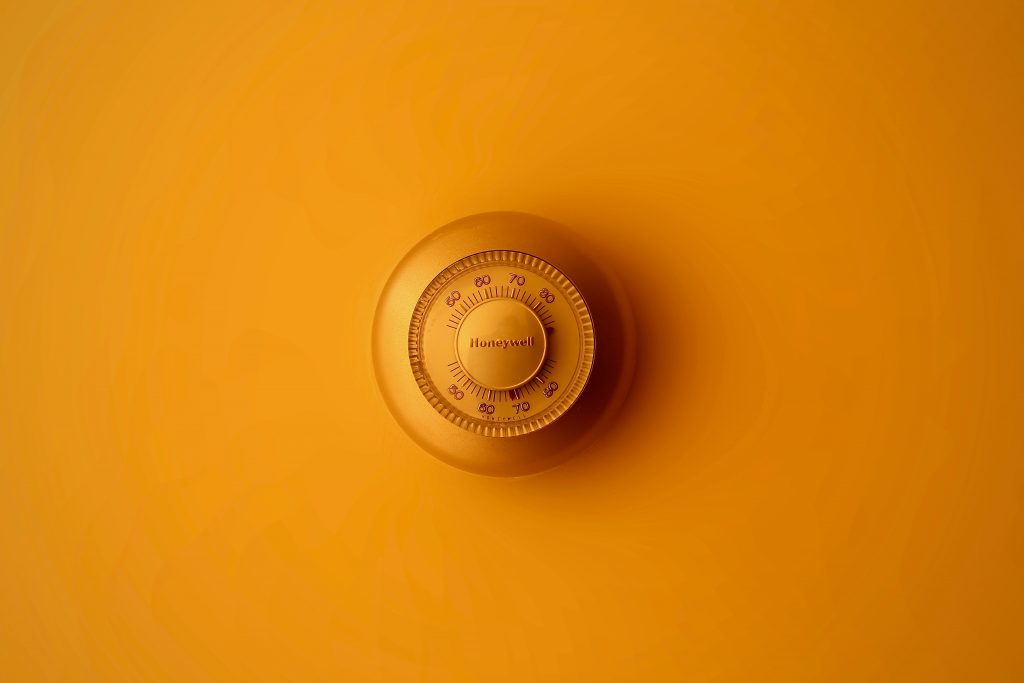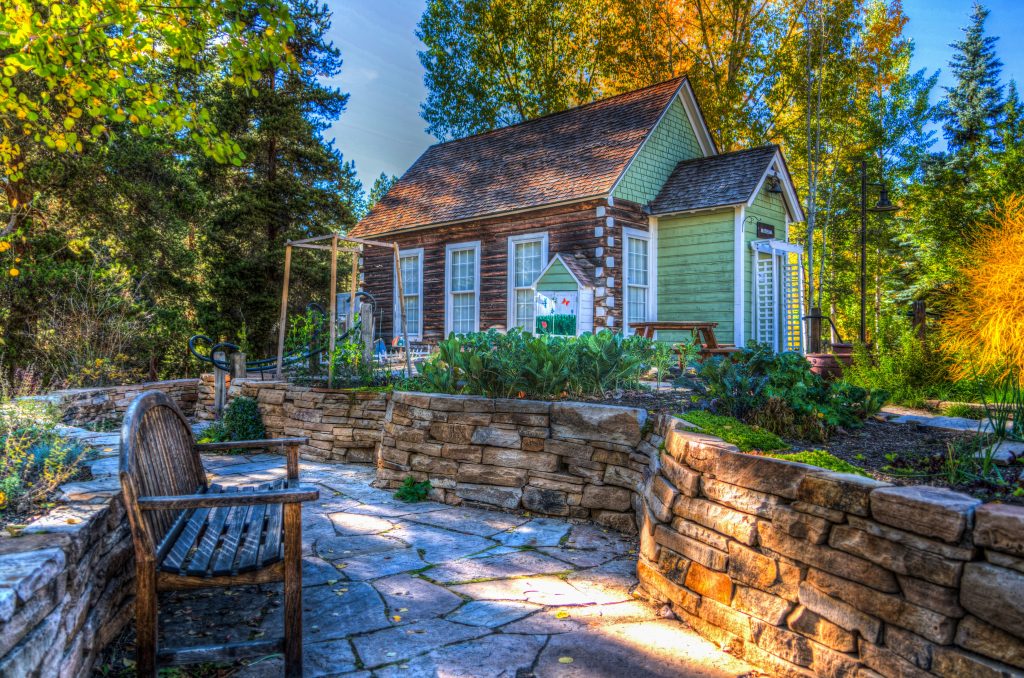How to Save Money on Heating & Cooling

The average energy bill in an American household costs more than $2,000 a year, according to Energy Star, the Environmental Protection Agency's energy conservation program. Heating and cooling accounts for fifty to seventy percent of that total. Investing in energy efficiency can keep the indoor climate comfortable and save you money every year. Here are seven home improvement tricks that will keep your wallet fuller, winters warmer, and summers cooler.
Replace Air Filters & Clean the Vents

A clogged filter and dusty vents can cause your central air system, furnace, or air conditioner to work overtime, resulting in reduced efficiency and increased expenses. Changing the filter every one to three months will help the system function properly. If you have allergies or live with cats and dogs, replace the filter at least once a month to reduce the risk of bacteria and mold growing in your air system. Learn how to change a home air filter and clean the vents.
Improve Insulation

Insulation prevents heat from entering the house in the summer and traps heat inside in the winter. In most homes, the attic, any floor above an unfinished basement, and crawl spaces are insulated. Insulation materials can also be applied to hot water pipes, water heaters, and vent ducts. The exterior walls of older homes may also be insulated. Check the insulation in your home to see if it needs replacing and if you have the recommended amount for where you live. To learn more about insulation options and installation, visit Home Depot, Lowes, or your local home improvement store.
Air-seal Your Home

If you have gaps and cracks in your home than money is literally leaking out of your wallet. Sealing any area where air can enter or escape will make it easier for your central air system, air conditioner, or furnace to regulate the temperature. Is it drafty by the front door? Weatherstrip it. How about that bay window in the kitchen? You can weatherstrip that too. Small-to-medium sized cracks can be closed with foam or caulk. Larger openings and surfaces will require drywall, plywood, rigid foam, or housewraps. Visit House Energy to learn how to air-seal your home and what to use.
Install Window Treatments

Curtains, shades, blinds, and shutters…window treatments add style to any room, give you privacy, and save energy. Close them when you want to block unwanted light and cold air or open them to let light and heat inside. Read about how to chose the right window treatment for each room.
Get a Programmable Thermostat

Why waste money on cooling and heating the house while you’re at work? If you have a predictable schedule, you can program the thermostat to conserve energy while you’re not home. Some thermostats have mobile apps that can sense when you are home and will adjust the temperature accordingly if your schedule changes. Replace that old thermostat and research the best programmable thermostats on Amazon.
Plant Shade Trees

Deciduous trees are leafy green in the summer before their leaves turn yellow, orange, and red in the fall. They make a colorful addition to the landscape while lowering the amount of direct sunlight that hits your house. Planting a red maple on the western and eastern sides of the house will keep it cooler when the trees are full. As their leaves drop, more light comes through, warming the house in winter.
Install Ceiling Fans

The average cost per hour to run the air conditioner is $0.36, but it only costs one cent to run the ceiling fan for the same amount of time. By using ceiling fans in the summer, you can increase the AC temperature by four degrees without losing any comfort. Ceiling fans don’t lower the temperature, but they do create a cooling effect and lower the humidity.
Pennsylvania Energy Efficiency Incentives
Some energy-saving initiatives are cheap and easy to do yourself. Others will require a little financial investment. Insulation or changes to your heating/cooling system can be costly. Pennsylvania offers several financial incentives to homeowners who wish to save energy and money. Before starting a project, check if you’re eligible for any programs.
